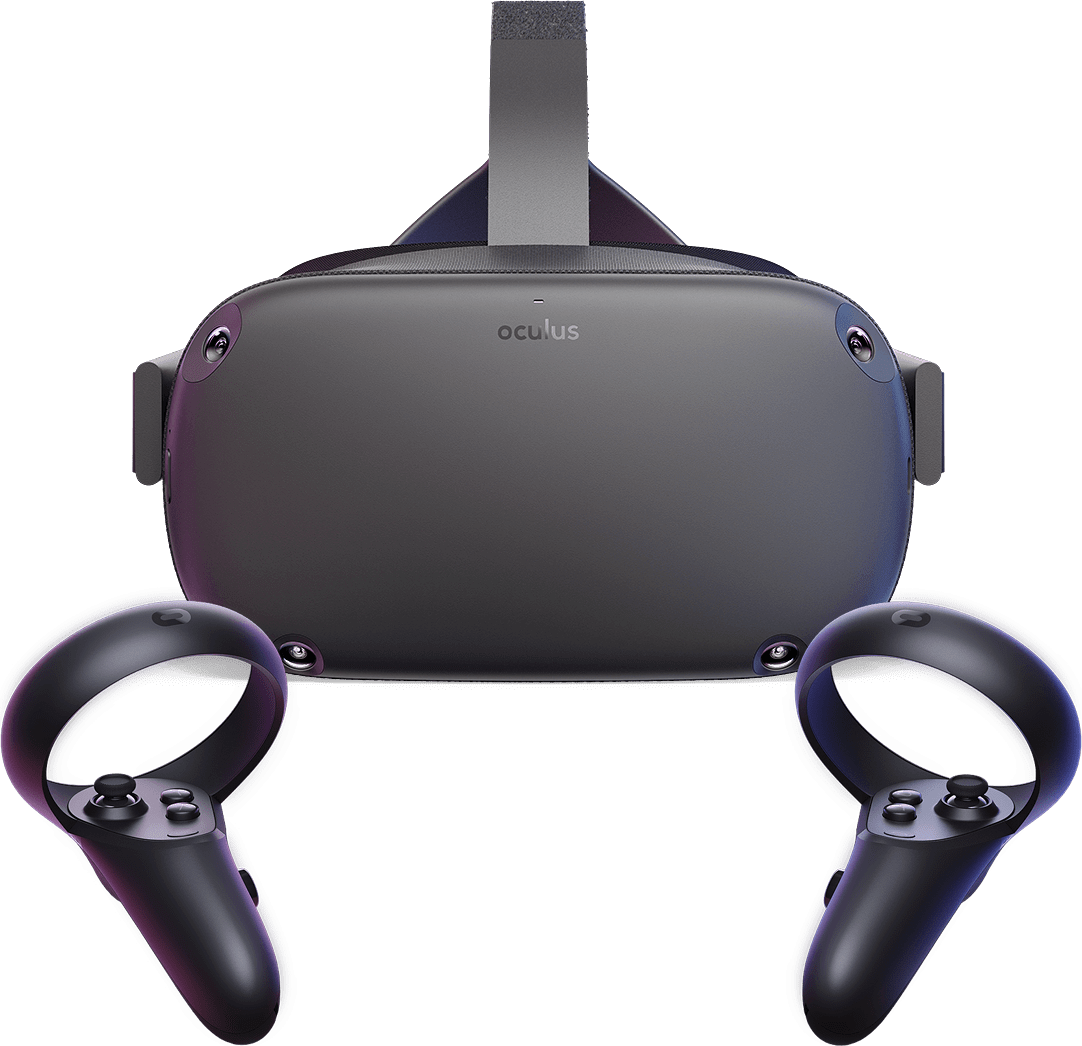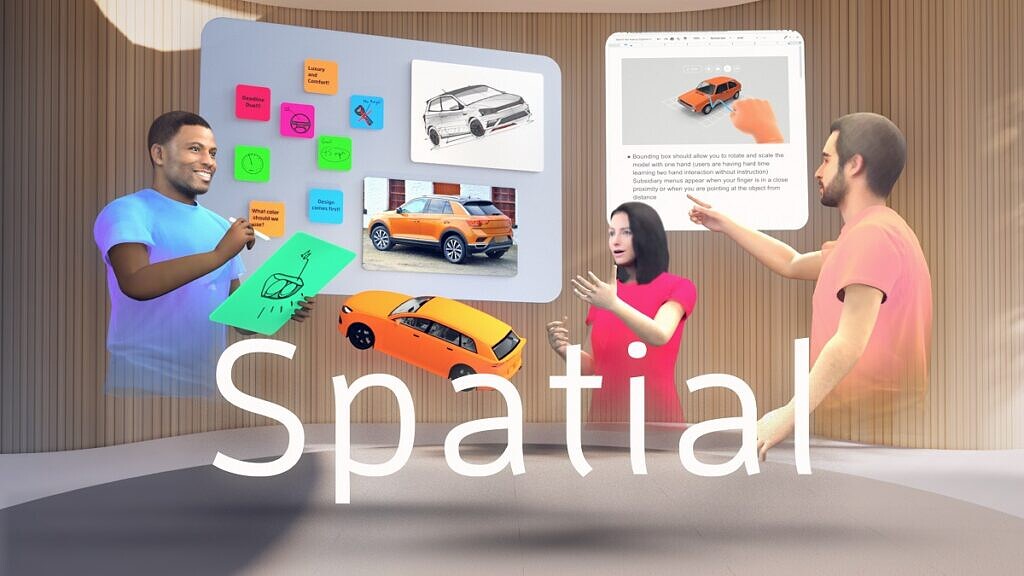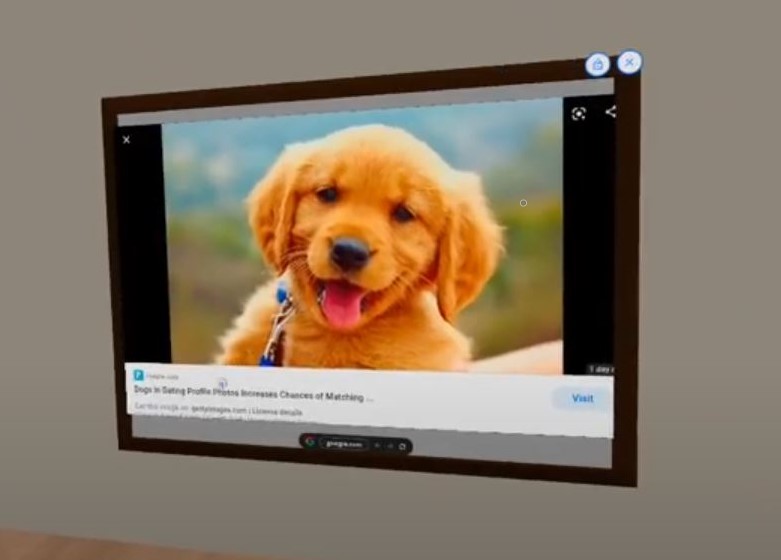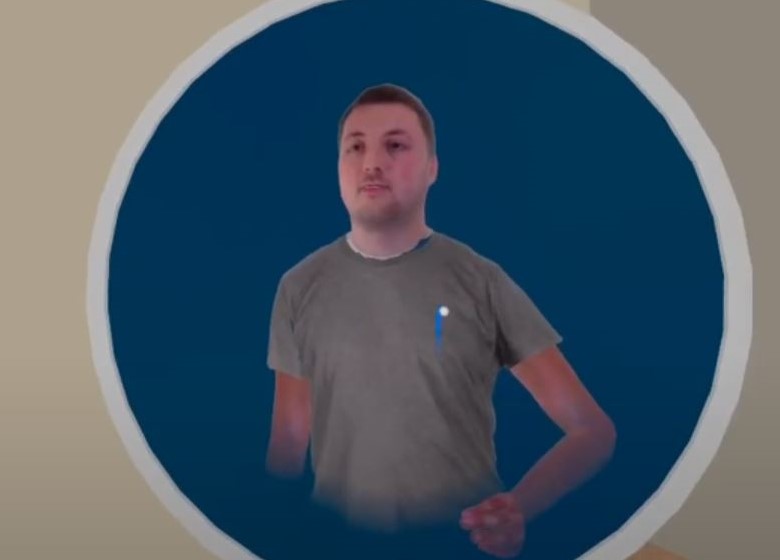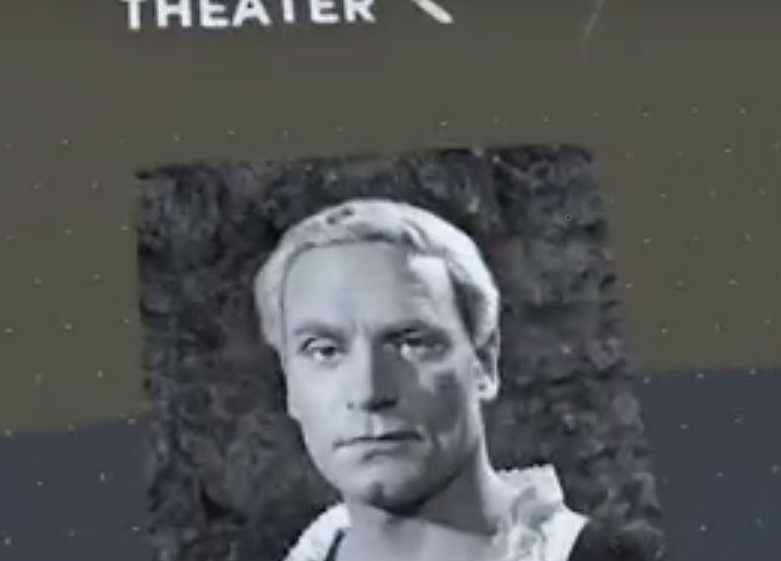Aside from leading the prototyping team I also assisted with testing the spatial rooms on live participants. Our research team worked alongside an undergraduate communications class who gave speeches and conducted exercises in our VR environments. They were later polled for feedback and on occasion interviewed. From their responses we learned that VR held a great deal of potential for furthering collaboration. One scene in particular, modeled after a museum, allowed participants to decorate their spaces with multimedia (images, videos, 3D paintings, etc) and sparked engaging conversation among all participants, who reflected a desire to continue meeting in the virtual space.
The research is currently ongoing at CMU, and the team has pivoted to testing on pairs of participants in more intensive, hour-long sessions. My final weeks in the lab were spent transitioning the next prototyping lead and teaching them the asset pipeline from Unity/Maya to Spatial.
